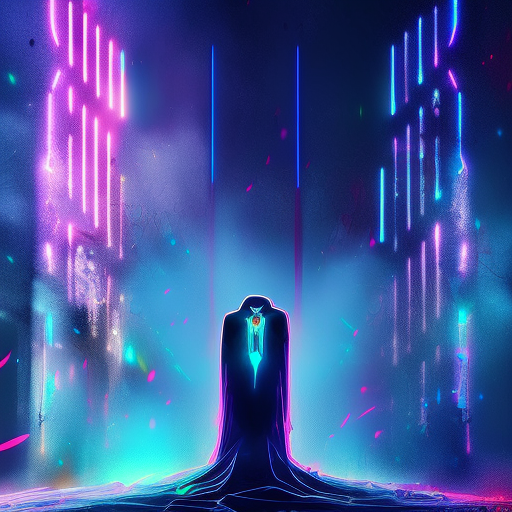One-line Summary:
A dark and gritty portrayal of the hedonistic and nihilistic lifestyle of wealthy Los Angeles teenagers in the 1980s.
Introduction:
“Less Than Zero” by Bret Easton Ellis is a provocative and disturbing novel that delves into the decadent and morally bankrupt lives of wealthy teenagers in Los Angeles during the 1980s. Through the eyes of the protagonist, Clay, the book explores themes of drug abuse, nihilism, and the emptiness of materialism. With its raw and unflinching portrayal of a generation lost in a haze of excess, “Less Than Zero” offers a haunting critique of the dark underbelly of the American Dream.
The Empty Lives of the Wealthy:
In “Less Than Zero,” Ellis paints a bleak picture of the lives of the wealthy teenagers in Los Angeles. Clay, a college student returning home for Christmas break, finds himself immersed in a world of drugs, sex, and apathy. His friends, including the troubled Julian and the promiscuous Blair, are caught in a cycle of self-destruction and moral decay. The characters are consumed by their own emptiness, seeking solace in material possessions and hedonistic pursuits. The novel exposes the hollowness of their lives, as they engage in reckless behavior to escape their own existential despair.
A Culture of Excess and Nihilism:
“Less Than Zero” explores the culture of excess and nihilism prevalent among the wealthy youth in 1980s Los Angeles. The characters in the novel are driven by a desire for instant gratification and an insatiable appetite for pleasure. They indulge in drug use, casual sex, and partying, all in an attempt to fill the void within themselves. The novel highlights the destructive consequences of this lifestyle, as the characters spiral deeper into addiction and despair. Ellis exposes the dark side of the American Dream, where wealth and privilege only serve to amplify the emptiness and moral decay of those who possess them.
The Descent into Darkness:
As Clay navigates the dark underbelly of Los Angeles, he becomes increasingly disillusioned with the world around him. He witnesses the degradation of his friends, the prevalence of violence, and the pervasive sense of despair that permeates their lives. Clay’s own journey mirrors the descent into darkness that the characters in the novel experience. He grapples with his own identity and struggles to find meaning in a world that seems devoid of it. Through Clay’s perspective, the reader is confronted with the harsh realities of addiction, exploitation, and the consequences of a life lived without purpose.
Key Takeaways:
- The novel offers a scathing critique of the emptiness and moral decay of the wealthy youth in 1980s Los Angeles.
- It explores the destructive consequences of a culture of excess and nihilism.
- The characters’ pursuit of pleasure and material possessions only serves to deepen their existential despair.
- The novel exposes the dark underbelly of the American Dream, where wealth and privilege do not guarantee happiness or fulfillment.
- Ultimately, “Less Than Zero” serves as a cautionary tale about the dangers of losing oneself in a world of hedonism and moral bankruptcy.
“They had been spending their time not really doing anything, just hanging out, waiting for something to happen, waiting for their lives to be delivered to them.”
In conclusion, “Less Than Zero” is a chilling and thought-provoking novel that shines a light on the dark and destructive lives of wealthy teenagers in 1980s Los Angeles. Through its unflinching portrayal of drug abuse, nihilism, and the emptiness of materialism, the book serves as a stark reminder of the dangers of losing oneself in a world of excess. It is a powerful critique of a generation lost in a haze of hedonism and a haunting exploration of the human condition.












